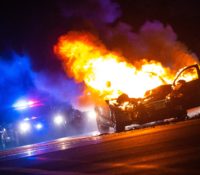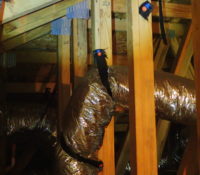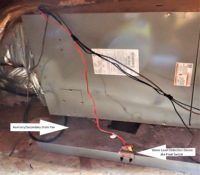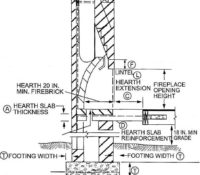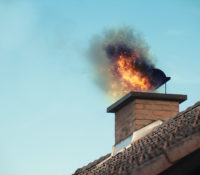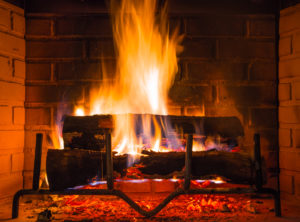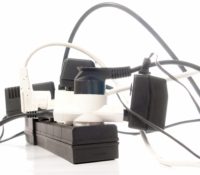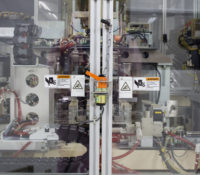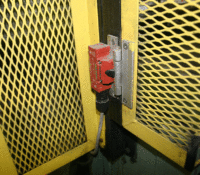Taking a Practical Approach to Vehicle Fires
“On average, U.S. fire departments responded to a highway vehicle fire every 182 seconds,” according to the NFPA’s Fire Loss Facts Sheet.
The National Fire Protection Association (NFPA) says that vehicle fires account for about 20 percent of all reported fires. Before I attempt to examine a vehicle fire loss, I like to check various consumer and government agencies websites to see if I can find any recall or historical data that might be important. This is true for heavy truck fires all the way to automobile and motorcycle fires. Read More



